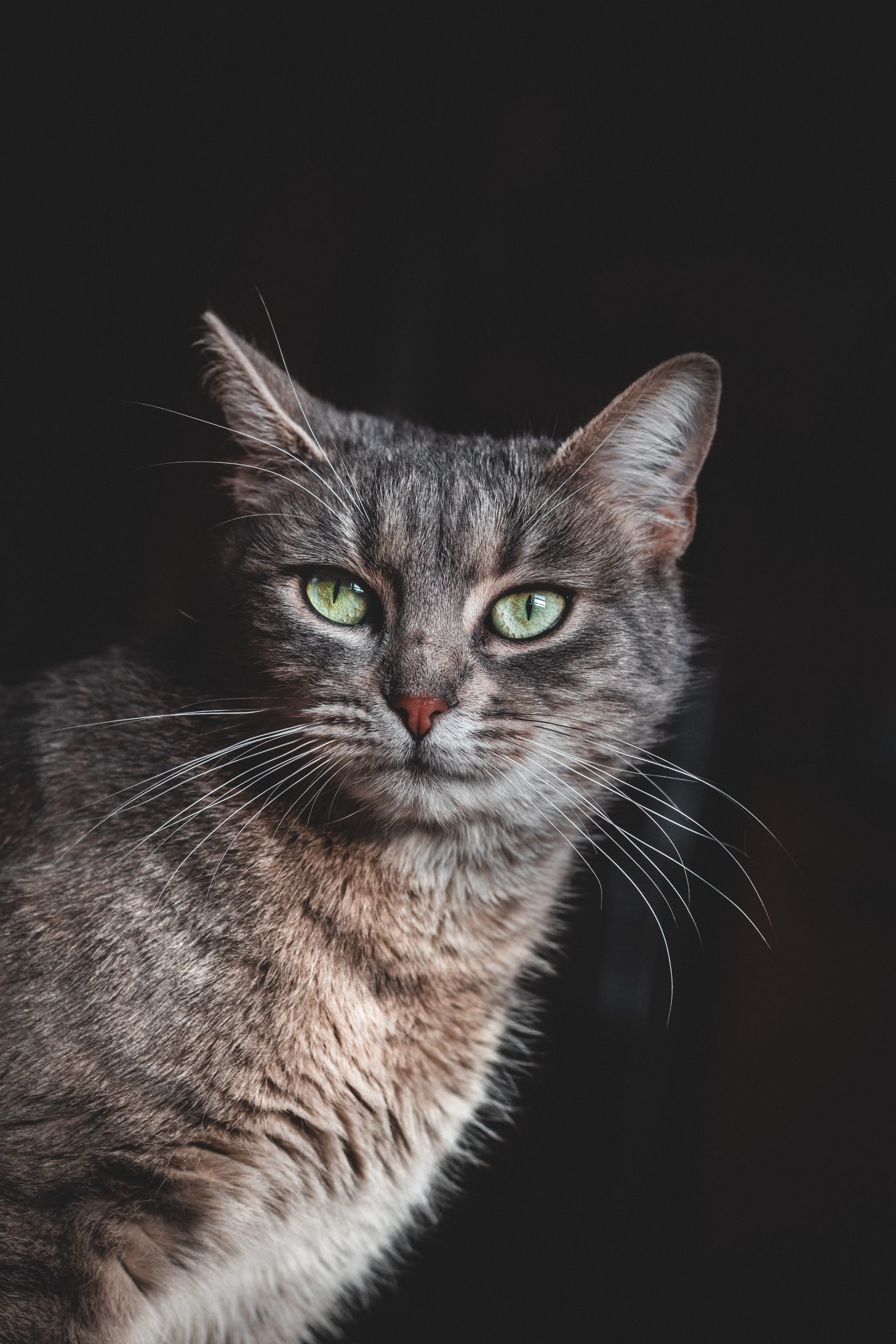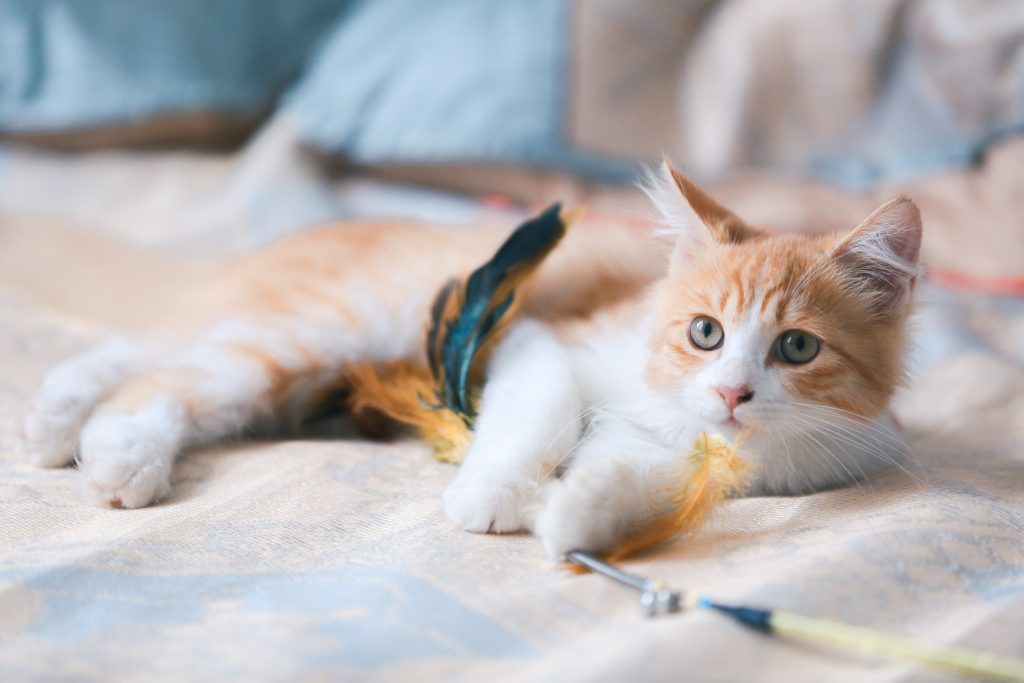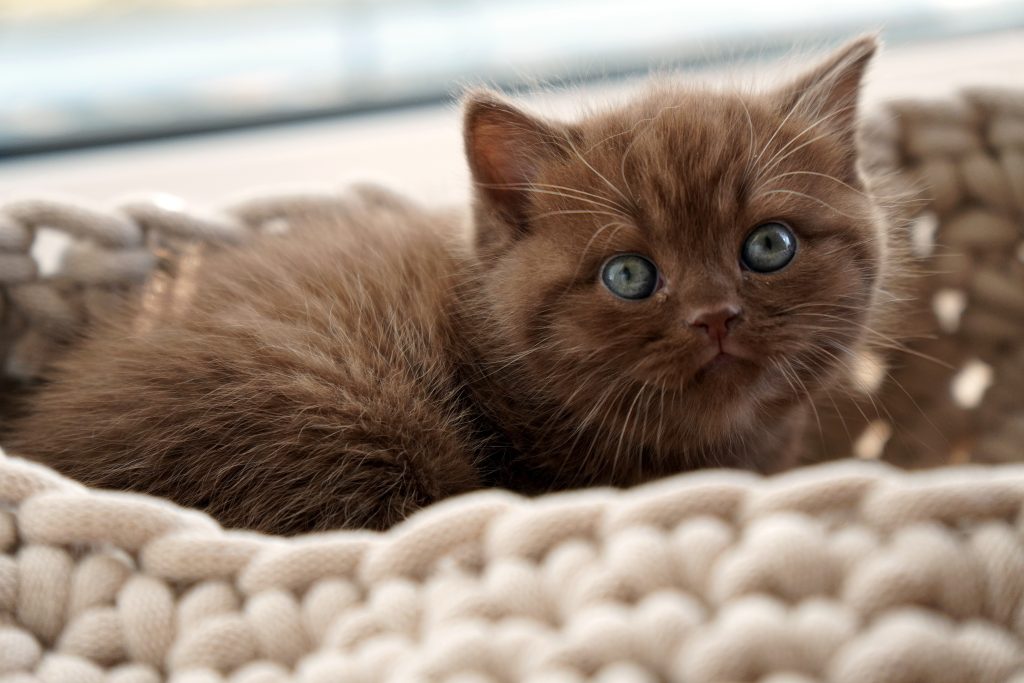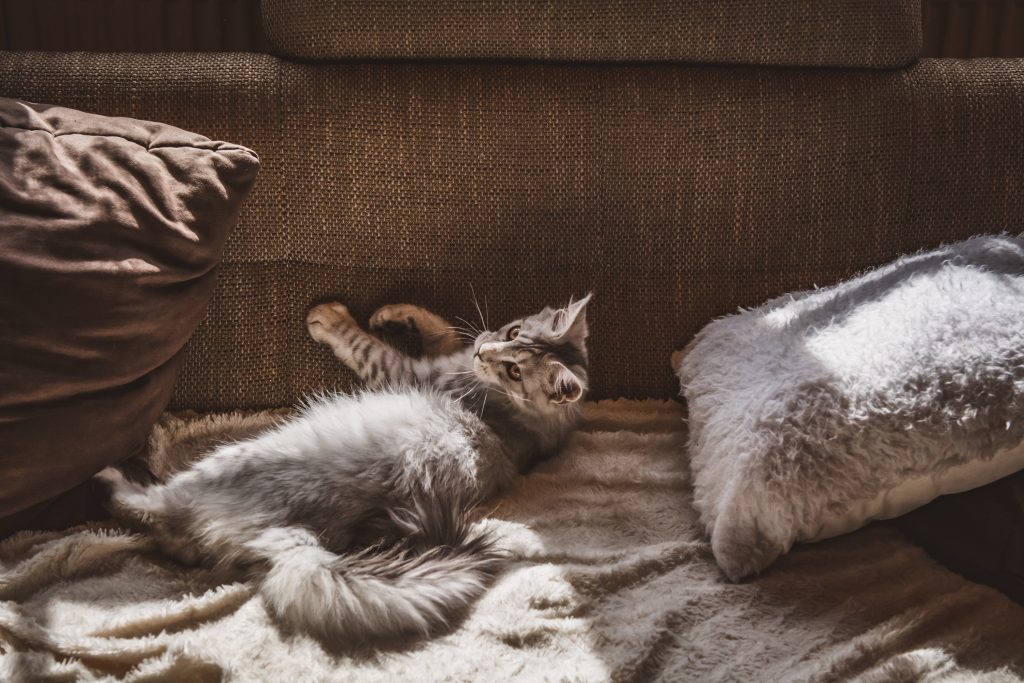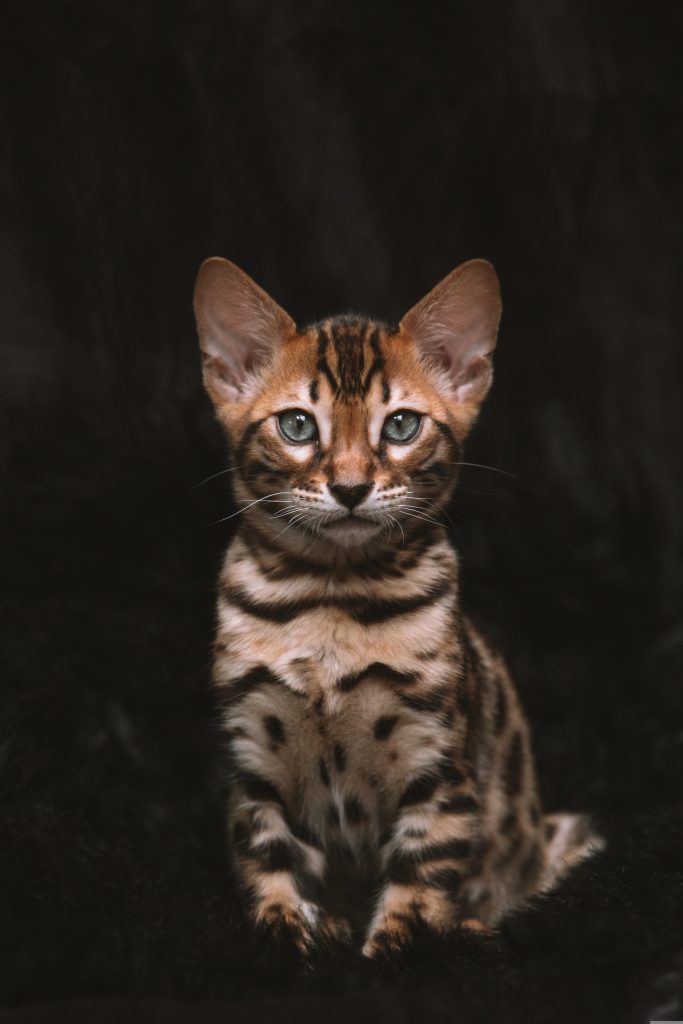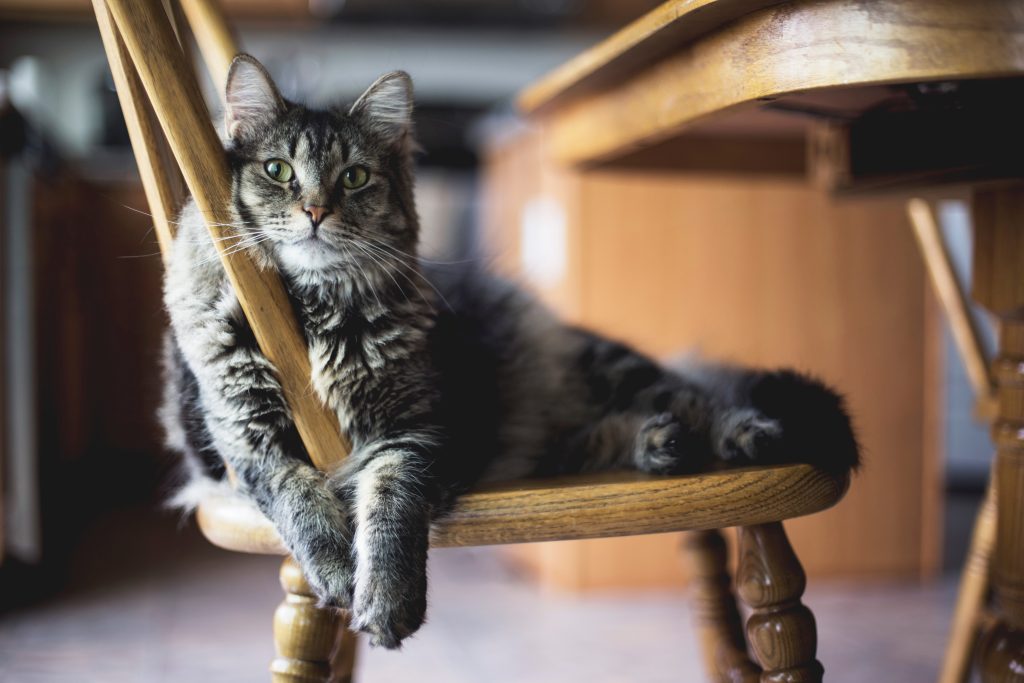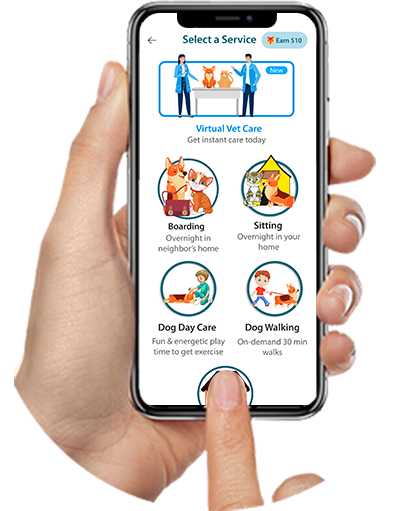Hypertension, or high blood pressure, is a significant cardiovascular condition that affects many cats, particularly as they age. It occurs when the pressure of blood flowing through the arteries is consistently higher than normal. In cats, hypertension is often secondary to other underlying health issues, such as chronic kidney disease, hyperthyroidism, or heart disease. However, some cats develop primary or essential hypertension, where no underlying cause can be identified. The importance of hypertension in feline health cannot be overstated, as it can lead to damage in various organs, including the eyes, kidneys, heart, and brain. This underscores the importance of regular veterinary check-ups, especially for older cats or those with known risk factors. As our understanding of feline hypertension has improved, so too have our diagnostic and treatment capabilities, offering better outcomes for affected cats.
Signs and Symptoms:
The signs and symptoms of hypertension in cats can be subtle and easily overlooked, particularly in the early stages of the condition. Often, the first noticeable signs are related to damage in target organs rather than the high blood pressure itself. One of the most common and noticeable signs is sudden vision changes or blindness due to retinal detachment or bleeding within the eye. Owners might notice their cat bumping into objects, appearing disoriented, or having dilated pupils that don’t respond normally to light. Neurological signs can also occur, including seizures, disorientation, circling, or sudden behavior changes. Some cats may exhibit lethargy, decreased appetite, or increased thirst and urination, especially if hypertension is secondary to kidney disease or hyperthyroidism. In cases where the heart is affected, cats might show signs of congestive heart failure, such as difficulty breathing or coughing. Nosebleeds, while rare, can be another sign of severe hypertension. It’s important to note that many cats with hypertension may not show any obvious symptoms, which is why the condition often goes undetected until significant damage has occurred. This lack of clear clinical signs makes regular blood pressure monitoring crucial, especially in older cats or those with known risk factors. Additionally, symptoms can sometimes be attributed to the underlying condition causing hypertension rather than the high blood pressure itself, further complicating diagnosis.
Treatment Advice:
Treatment of hypertension in cats focuses on lowering blood pressure to reduce the risk of organ damage while addressing any underlying conditions. The primary goal is to bring the systolic blood pressure below 160 mmHg, with some cases aiming for even lower targets depending on the individual cat’s situation. The most commonly used medications for feline hypertension are calcium channel blockers, Beta-blockers might be considered in certain situations, particularly in cats with hyperthyroidism. The choice of medication and dosage is tailored to each cat’s specific needs and may require adjustment over time based on the response to treatment. Alongside medication, addressing any underlying conditions is crucial. This might involve managing chronic kidney disease, treating hyperthyroidism, or addressing other health issues contributing to hypertension. Dietary management can also play a role in treatment, particularly in cats with kidney disease. Low-sodium diets may be recommended to support overall cardiovascular health. Regular monitoring is essential in managing feline hypertension. This typically involves rechecking blood pressure every few weeks when starting treatment, then every few months once the condition is stabilized. Blood work to assess kidney function, electrolyte balance, and other health parameters is also important. In cases where organ damage has occurred, such as retinal detachment, additional treatments or referral to specialists may be necessary. It’s important for cat owners to understand that hypertension is usually a lifelong condition requiring ongoing management and regular veterinary care.
Preventive Measures:
While not all cases of hypertension in cats can be prevented, there are measures that can help reduce the risk or catch the condition early. Regular veterinary check-ups are crucial, especially for cats over 7 years of age or those with known risk factors. These check-ups should include blood pressure measurements, which are non-invasive and well-tolerated by most cats. Early detection and management of underlying conditions that can lead to hypertension, such as chronic kidney disease or hyperthyroidism, is important. This often involves regular blood work and urinalysis to monitor organ function. Maintaining a healthy weight through proper diet and exercise can help reduce the risk of hypertension and associated conditions. A balanced, appropriate diet tailored to your cat’s age and health status is essential. For cats with early-stage kidney disease, dietary management with prescription renal diets may help slow the progression of the disease and associated hypertension. Stress reduction can also play a role in prevention, as chronic stress can contribute to elevated blood pressure. Providing a stable, enriching environment for your cat can help support overall health, including cardiovascular health. While genetic factors may play a role in some cases of hypertension, responsible breeding practices that screen for hereditary conditions can help reduce the incidence of the disease in certain cat populations. Education is key; cat owners should be aware of the importance of regular health screenings and the potential signs of hypertension or its underlying causes.
Conclusion:
Hypertension in cats is a serious condition that, while often silent in its progression, can have significant impacts on feline health and quality of life. Its subtle nature and potential for severe organ damage underscore the importance of regular veterinary care and proactive health management, especially for older cats. The good news is that with early detection and appropriate treatment, many cats with hypertension can be effectively managed, reducing the risk of complications and improving long-term outcomes. As our understanding of feline hypertension continues to grow, so too do our abilities to diagnose and treat the condition effectively. For cat owners, awareness of the risks, regular veterinary check-ups, and prompt attention to any changes in their cat’s health or behavior are key to managing this condition. With a collaborative approach between informed pet owners and experienced veterinary professionals, we can work towards better detection, management, and ultimately prevention of hypertension in our feline companions, ensuring they lead healthier, longer lives.


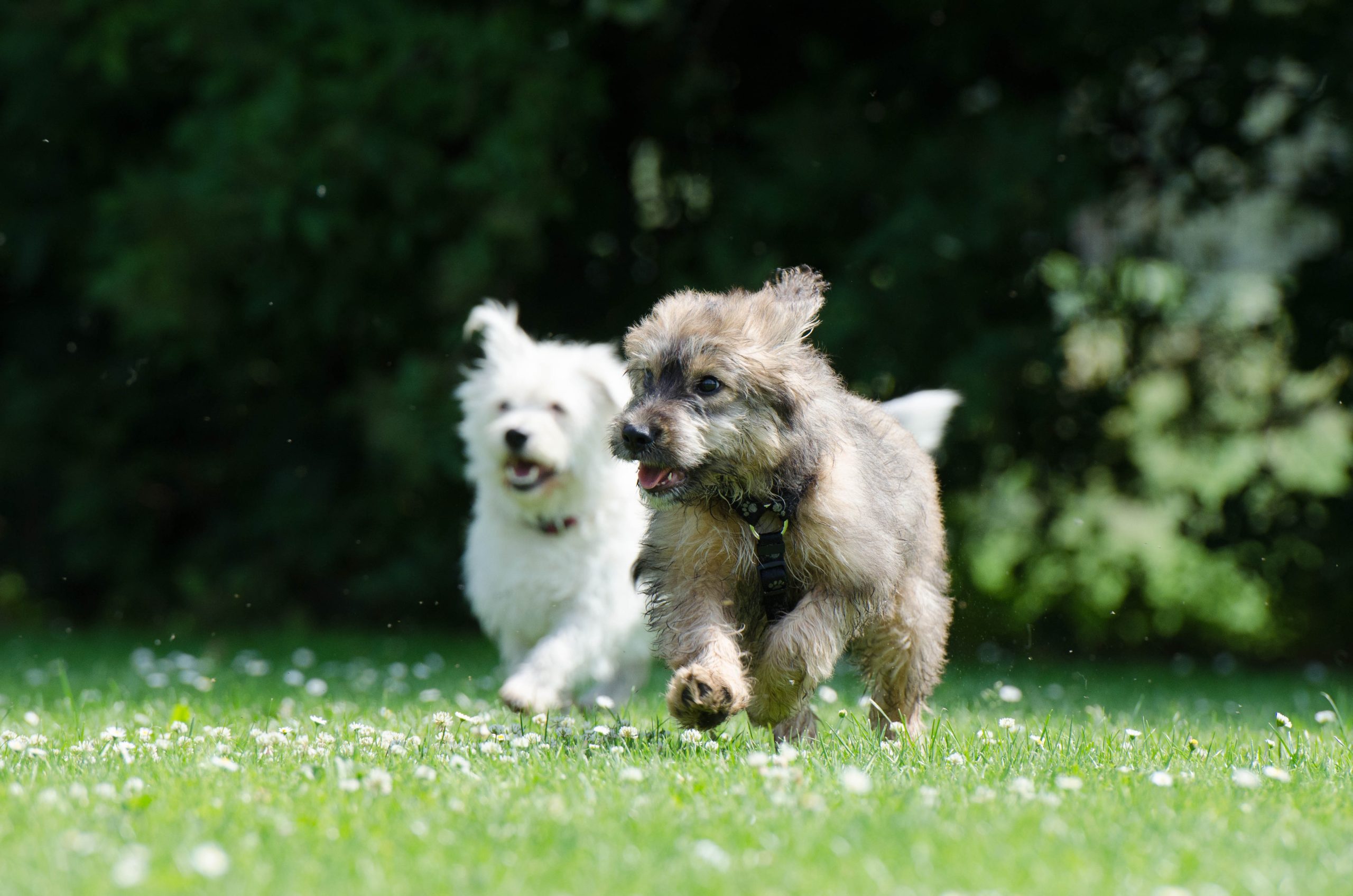
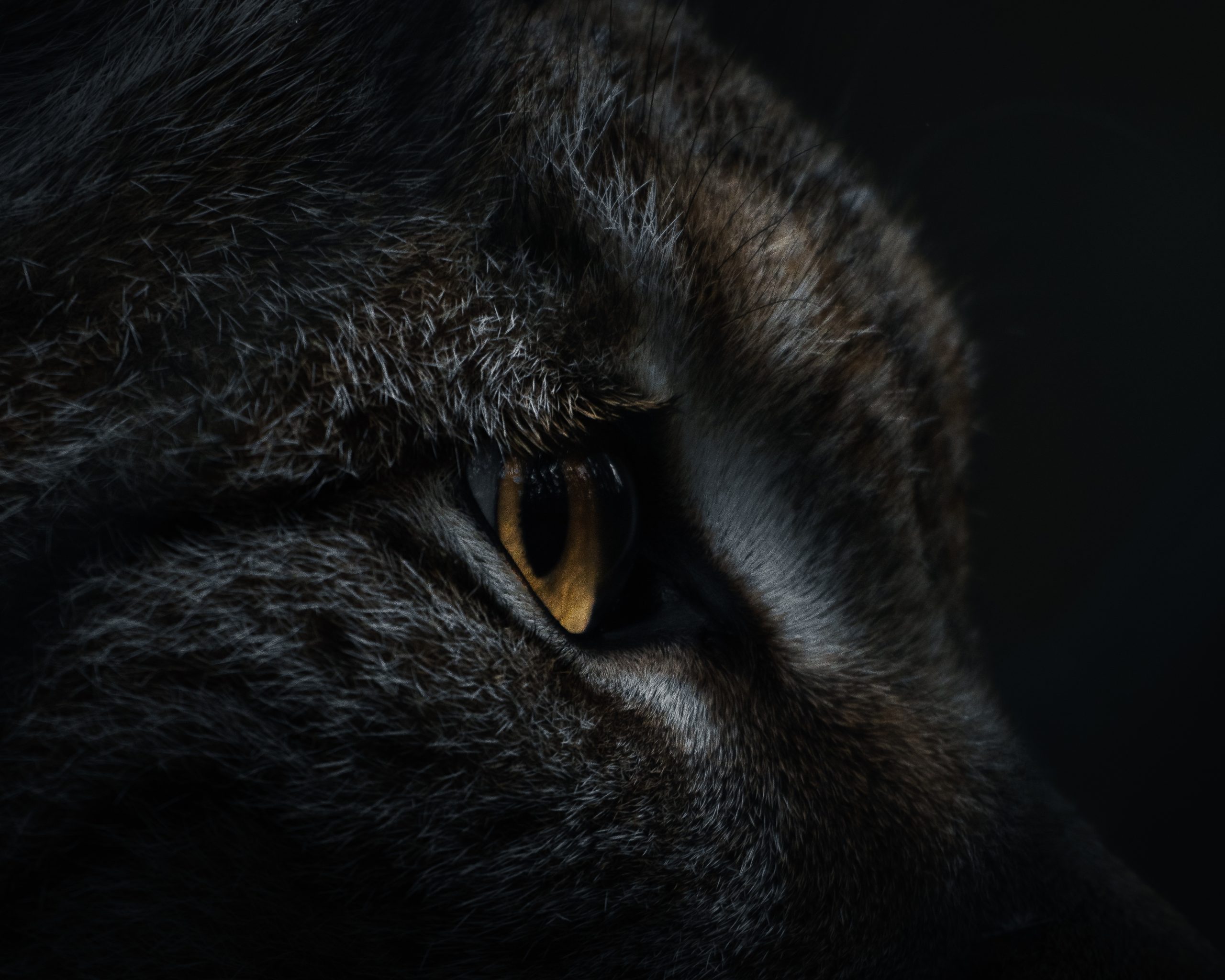
 On demand visits for urgent issues 24/7
On demand visits for urgent issues 24/7 